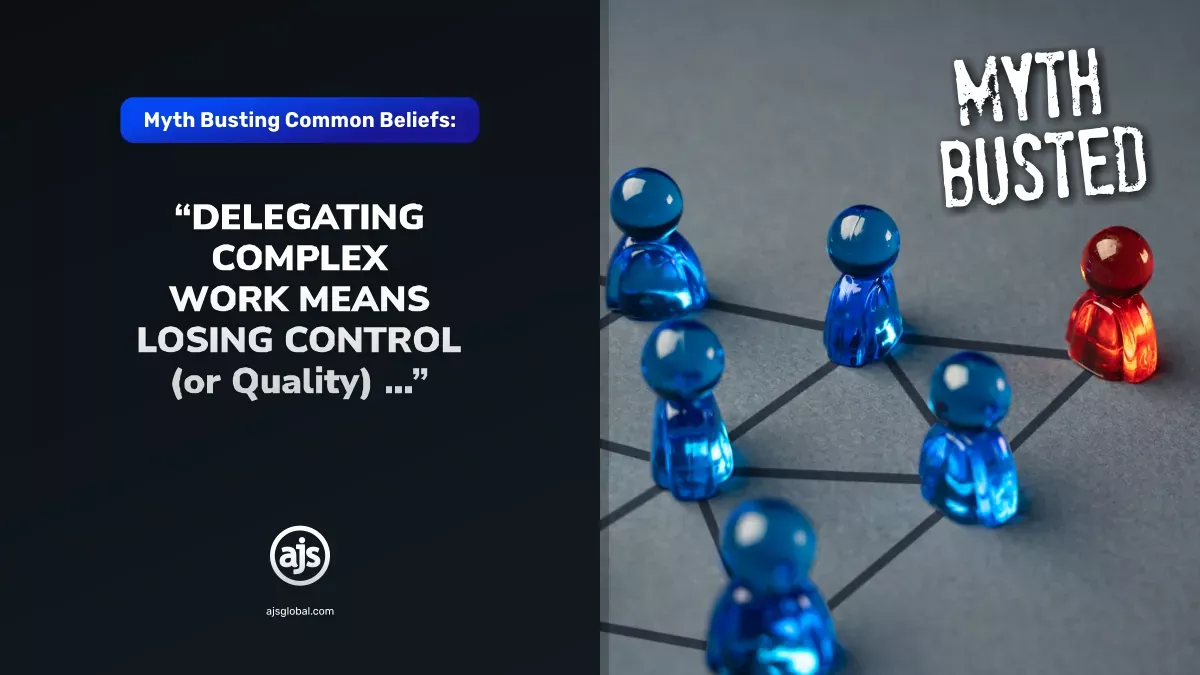
Building Brand Awareness
Insights Into Practice
Have you ever been curious as to what goes on in the minds of other legal practitioners? Have you ever wondered whether you measure up?
It’s only natural, after all it’s human nature to be curious about the world and the people around you – how do they do what they do?
With that in mind, join us as we investigate frequently discussed topics, with the aim of discovering new approaches to the practice of a law in an ever-changing and evolving world.
Take this blog’s topic – building brand awareness – How do other firms do that?
Building brand awareness
Have you ever seen the movie Field of Dreams?
There’s a scene in the movie where Kevin Costner is walking through a field when a mysterious voice says “If you build it, they’ll come”. Kind of mysterious, seemingly altruistic but completely hopeful. As if that’s all it will take – build it and you’ll have instant success, clients galore, loyal followers and avid readers of whatever you post.
As if it were that easy.
But building a brand takes more than simply putting your name out there (as discussed in our previous blog Content Marketing on a Budget). Building a brand takes work, consistency, and ensuring that whatever you post speaks to who you are as a business – as a recognisable brand.
Many lawyers would probably think that building a brand doesn’t apply to them. After all, you’re providing a professional service – shouldn’t that speak for itself? And that’s where they’re wrong. A brand – especially a recognisable brand – is something every business, no matter the industry, should strive for. Why? Because it means people know who you are, it means your little business is taking up space in the market you want to be in. And taking up space is exactly what you want.
Sure, we get it. A recognisable brand is the endgame here. And it sounds fantastic, but how do we go about doing it?
It starts off with –
Knowing what brand presence is
According to Medium –
“Brand presence, awareness, or recognition refers to the level by which your customers remember and recognize your business. The higher your brand awareness, it also follows that you’ll have a wider range of audiences who are familiar with your existence. This includes the products and services you’re selling and promoting, your logo, messaging, and even your brand culture”.
Further to the above, brand presence involves four quadrants, which according to fitsmallbusiness includes –
- “Internal: your company’s mission statement is just one component of internal branding. Other aspects include your logo, colour scheme, font selections, and any messaging around the products and services you offer. All of these internal elements inform the other three quadrants.
- Online: your website is one of the components of online brand presence. Other parts include social media profiles, listings on sites like Google Business, search engine marketing, and online advertising avenues like banner ads and pay-per-click ads.
- Offline advertising: offline advertising, or display advertising, is a catch-all term for print, mobile, and billboard advertising. This includes newspapers and magazines, car wraps, roadside signs, and other outdoor advertising.
- Broadcast: television and radio advertising are still great ways to connect your brand with potential customers. Today, broadcast advertising also includes innovative new technologies, like streaming services and podcasts”.
Why is brand awareness important?
Brand awareness is all about trust. Trust in the company and what they can do. And that’s quite a feat.
In a world where trust is something that’s hard to come by, clients rely on extensive and informative research and other people’s opinions before doing business with anyone. In this regard, brand trust is everything. Once a consumer bonds to your brand, there is likely to be repeat business, with little to no planning — which then bridges the gap between trust and loyalty.
Brand awareness establishes that brand trust. When you put a proverbial face to your brand name, consumers can trust you easier. Brand awareness efforts give your brand a personality and outlet to be sincere, receive feedback, and tell a story (Hubspot).
And there simply cannot be a law firm on the planet that would argue that brand awareness doesn’t apply to them. In fact, we would venture that brand awareness is exactly what a budding legal practice needs – recognisability, loyalty and above all – repeat business!
Which begs the next question – how do you go about building brand awareness?
Building brand awareness
- What is your brand aesthetic? This may not sound like an important first step, but it is. The point here is to be recognisable. And yes, this means from an aesthetic perspective. What are your colours? What font do you use? What is your overall look? These are important first steps, believe us. Because people will first and foremost recognise you by what you show them. Face value here is important.
- What are your brand values? Brand values define who you are as a brand. And that – many will argue – is even more crucial than what you look like. Almost anyway. The important thing here is not to get hung up on what your values should be, this isn’t a charity or NGO. Instead, identify what you stand for as a brand and how you embody that in your interactions with everyone from customers to employees. A hint – your brand values should align with those of your target market, which in the legal sector include the prospective clients you hope to serve. This is all about who you are and what you stand for. So, spend some time on this.
- What is your logo and tagline? Haven’t we covered this already? Kind of, but these points are crucial. Being instantly recognisable comes down to your logo and tagline. Just think of Nike and Just Do It. Put some thought into these aspects of your brand, as they’ll become the currency of your brand (or put differently, what the value of your brand is – do you risk getting lost in the crowd of other law firms or are you pretty identifiable?). Also remember that your tagline is something that not only supports what you do but is fun to say and easy to repeat.
- What is your brand story? Your brand story is the narrative of your brand and how it got to be that way. That could be any number of things – what influenced your decision to pursue law? Did your law firm merge with another one or are you a one-person practice? You can tell your story by sharing your love for the legal world and by using narrative to showcase your brand story through, for example, customer experiences, or by marking key milestones in your growth. Whatever you do – tell your story.
- Create value beyond your practice – this is key for building long-term brand loyalty. Think about the ways that you can inform, educate, or entertain. This shouldn’t be about making sales directly. Instead, this is a relationship-building and brand awareness practice that creates more opportunities for audiences to get to know your brand. For example, AJS publishes weekly articles which we hope adds value to the lives of the law firms we serve. It isn’t about getting sales. Instead, we aim to shine light on informative topics that we feel will make an impact.
- Create shareable content – this overlaps with creating value but here the focus is on creating content that is easy to share. Specifically on social media channels. The key here is sharing content that your followers will want to share. And this has a ripple-effect of free advertising. Try adding a call to action that suggests sharing your resources or tagging a friend that will share your content.
- Contribute to your community – this aligns with adding value. But it doesn’t happen online or in print. You can establish brand awareness by contributing to your community in concrete ways like sponsoring events, offering corporate donations, or facilitating employees’ participation in charity work. Doing good has never been more important. By doing good for others, you have the opportunity to spread the word about your practice by showcasing your brand. A win-win situation.
- Run social media contests – everyone loves a competition, especially when there’s the opportunity to win a prize. It’s fun! But the goal here is to use a giveaway to draw attention to your brand on social media. A great way to do this is through the “tag-a-friend” entry model of social media contests. It’s a great way to get people to notice your social accounts and in turn raise awareness of your brand. If you collaborate with another brand or content creator, you’ll increase your potential new audience size even more.
- Offer a freebie – everyone loves a freebie. Offering something for free is a good way to get sceptical potential clients to give your law firm a try. It can also create buzz about your brand online. Whether it’s a free sample, a free trial or a “freemium” business model, a free taste of what you offer helps get people in the door and spreads awareness of your brand.
- Run awareness ads – brand awareness is a key business goal and to achieve this on platforms like LinkedIn, legal practices and other businesses often undertake LinkedIn campaigns where they share information about their practice with the users of LinkedIn (Hootsuite).
The name of the game is for your brand to become easily recognisable. In a positive way. This may include implementing some or all of the points listed above. But the key thing here is to avoid becoming lost in the crowd. The goal should always be for your company’s identity to be etched in the mind of your target market, so that your offerings become a household name.
– Written by Alicia Koch on behalf of AJS
(Sources used and to whom we owe thanks: The Enterprise Worl Magazine; Fitsmallusiness; Hubspot; Hootsuite and LinkedIn).





Leave a Reply